I'm not sure what you mean by
Use clipchildren. This is almost the same as hiding overflow in html / css, but Delphi does not include rounded corners in this function.
I got this to work by using one Rectangle for the border; on top of that a Layout for the progress, which contains another Rectangle. The second Rectangle always has the dimensions of the first (which means the corners look the same), the Layout's ClipChildren is set to true, and the progress is controlled by setting its Width.
Here's how I implemented it:
type
TRoundProgressBar = class (TLayout)
strict private
FProgress: Single;
FFill: TBrush;
FStroke: TStrokeBrush;
StrokeRect, FillRect: TRectangle;
FillLayout: TLayout;
procedure SetFill(const Value: TBrush);
procedure SetStroke(const Value: TStrokeBrush);
procedure FillChanged(Sender: TObject);
procedure StrokeChanged(Sender: TObject);
procedure SetProgress(Progress: Single);
procedure UpdateWidths;
protected
procedure Resize; override;
public
constructor Create(AOwner: TComponent); override;
destructor Destroy; override;
property Fill: TBrush read FFill write SetFill;
property Stroke: TStrokeBrush read FStroke write SetStroke;
property Progress: Single read FProgress write SetProgress;
end;
implementation
constructor TRoundProgressBar.Create(AOwner: TComponent);
begin
inherited Create(AOwner);
FFill := TBrush.Create(TBrushKind.Solid, $FFE0E0E0);
FFill.OnChanged := FillChanged;
FStroke := TStrokeBrush.Create(TBrushKind.Solid, $FF000000);
FStroke.OnChanged := StrokeChanged;
FillLayout := TLayout.Create(self);
FillLayout.Parent := self;
FillLayout.Align := TAlignLayout.Left;
FillLayout.ClipChildren := true;
FillRect := TRectangle.Create(FillLayout);
FillRect.Parent := FillLayout;
FillRect.Align := TAlignLayout.Left;
FillRect.XRadius := 15;
FillRect.YRadius := 15;
StrokeRect := TRectangle.Create(self);
StrokeRect.Parent := self;
StrokeRect.Align := TAlignLayout.Contents;
StrokeRect.XRadius := 15;
StrokeRect.YRadius := 15;
StrokeRect.Fill.Kind := TBrushKind.None;
end;
destructor TRoundProgressBar.Destroy;
begin
FFill.Free;
FStroke.Free;
inherited;
end;
procedure TRoundProgressBar.SetFill(const Value: TBrush);
begin
FFill.Assign(Value);
end;
procedure TRoundProgressBar.SetProgress(Progress: Single);
begin
FProgress := Min(Max(Progress, 0), 100);
UpdateWidths;
end;
procedure TRoundProgressBar.FillChanged(Sender: TObject);
begin
FillRect.Fill.Assign(FFill);
end;
procedure TRoundProgressBar.Resize;
begin
inherited;
UpdateWidths;
end;
procedure TRoundProgressBar.SetStroke(const Value: TStrokeBrush);
begin
FStroke.Assign(Value);
end;
procedure TRoundProgressBar.StrokeChanged(Sender: TObject);
begin
StrokeRect.Stroke.Assign(FStroke);
end;
procedure TRoundProgressBar.UpdateWidths;
begin
FillRect.Width := Width;
FillLayout.Width := Width * (FProgress / 100);
Repaint;
end;



